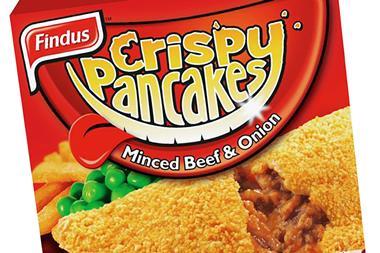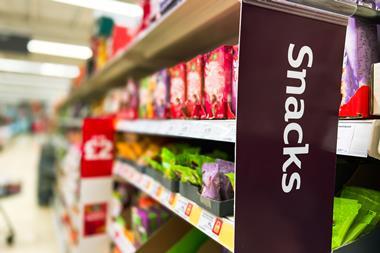
Look at the basics, Asda
Sir, The recent job losses at Asda are a veneer over the main issues. The simple issue is the market has changed. You obviously need to get margins as low as you can. But they will never be zero, so there comes a point where all of the retailers have to get accustomed to the fact they simply need to make sure they stock what their customers demand, all the time, and at the right price. This irresistibly means proper, local, space and range flexing and a real availability focus.
The myth of the Walmart system’s infallibility is the single biggest issue Asda needs to get rid of. Getting people out of the system - in particular at store level - is only going to make the position worse, without a clear vision of what a better shopping experience is, not simply a cheaper one.
Colin Harper, CEO RetailVitalStatistics
Findus lost in Wild West
Sir, Findus has been under-supported for years. However, re-bundling the products into two new ‘brands’ now isn’t the answer.
Young’s should be reflecting on what makes a brand in 2016 and looking to re-engage consumers with their brand(s). Successful brands today should be forces that create coherence and clarity, even meaning, in a lawless, fragmented world.
Rather than restricting investing to pack refreshes that are largely design jobs, companies like Young’s should be investing in generating insights and ideas - ideas that help them meet real consumer needs with conviction and purpose. Without this focus, we’ll be heading back to the Wild West, where we put one consumer brand down only to get another two trade brands. Such brands will be traded, yes, but not sought out, and this is something no brand should aspire to or encourage.
Steve Hastings, planning partner, Isobel
Beware the copycats
Sir, News this week that 9,000 bottles of counterfeit Champagne have been seized in Europe is just the latest in a string of reports of counterfeit food and drink products saturating the global fmcg market. Developments in technology have seen fake packaging become increasingly convincing, and often adulterated food & drink is difficult to detect without a taste test, until it has caused serious damage to a brand’s reputation.
It is important that brands are proactive and educate their customers on how to identify imitations of their brand by highlighting known counterfeit operations, and even set up web pages that allow consumers to report fake products and where they were purchased.
If poor-quality imitations of a brand are left undiscovered, the consequences can be serious. This can include damage to hard-earned reputations and customer loyalty, and, most worryingly, a negative impact on consumer health. With a strong brand protection plan in place, brands can fight back.
Haydn Simpson, commercial director for Western Europe, NetNames



















No comments yet